A sleepy coastal town in Bataan wakes up to the importance of pawikan preservation
In the Philippines, encountering marine turtles or pawikans isn't particularly easy — but it's definitely not impossible.
I first saw one in 2008, during our shoot for the underwater special "Sisid" at Tubbataha Reef. I went for a dip on one of the rare sandbars when a pawikan waded a couple of feet from where I was, its head slightly tilted, as though assessing if I'm friend or foe. On snorkeling and free-diving trips since then, I've had a few occasional pawikan encounters and sightings.
There are seven species of marine turtles in the world and five can be found in the Philippines: The green turtle, olive ridley turtle, leatherback turtle, and loggerhead turtle are classified as endangered. The hawksbill turtle, meanwhile, is critically endangered.
Conservation efforts are ongoing in popular nesting areas like Mindanao's Turtle Islands, Palawan, Zambales, Bataan, and Batangas, to name a few.
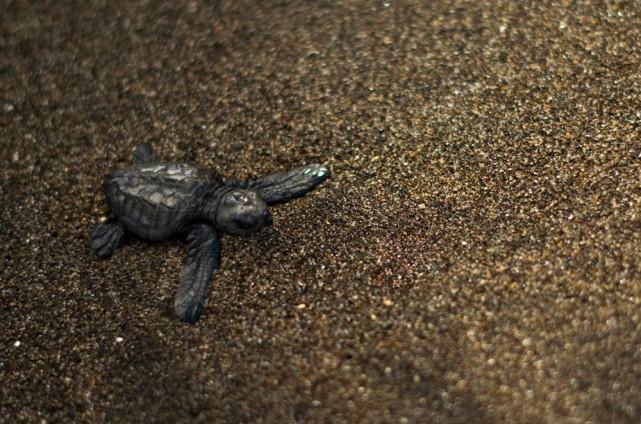
While I've seen a few adult sea turtles in my lifetime, I've never seen hatchlings in person. So, when writer Micah Fajardo-Schindler of Tiny House Bagac offered the chance to adopt pawikan nests, I knew I had to take it.
For P400, you can name a nest from the Pag-asa Pawikan Protection and Conservation Center Corporation after your friends or loved ones. When I say "loved ones," of course, I don't just mean getting nests for my family, I also coaxed my friends into adopting nests for our beloved KPOP superstars, BTS.
Breeding season for turtles starts in September and goes all the way to March. You can visit the hatchery and get the chance to release turtle hatchlings. A few days before my birthday last month, I drove to Bagac, Bataan with my sisters and friends for my first turtle releasing experience.
Just like the neighbouring town of Morong, the coastal area of Barangay Pag-asa in Bagac is a known breeding ground for pawikans. You'd think preservation of pawikan population is second nature to the community, but preserving them hasn't always been the case in this sleepy side of Bataan.
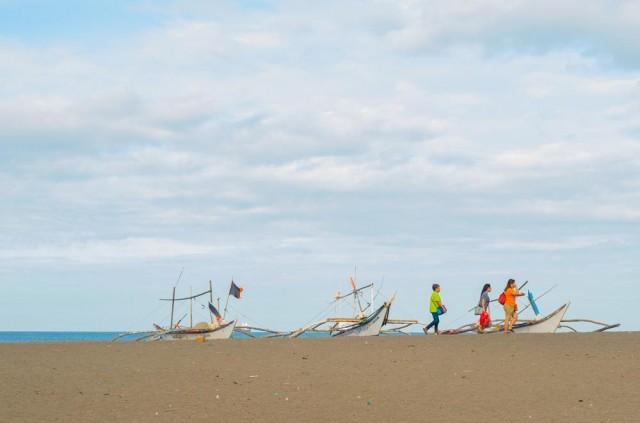
According to Barangay Pag-asa chief John Harry Carreon, the community only started getting involved with conservation efforts when the tourism industry in their barangay waned in the pandemic.
Before the pandemic, a popular resort in the area would offer the release of sea turtle hatchlings as an activity for its guests. Sea rangers would search the shore for sea turtle eggs, bring them to the resort's hatchery, and once hatched, guests would release them on the shore again.
But with the lockdowns forcing the popular resort to close down, and with tourists gone, more adult turtles have returned to hatch eggs by the shore. Unfortunately, the locals saw pawikans as food, and considered their eggs an aphrodisiac.
“Maraming nagte-text na mga concerned citizen, lantaran ‘yung pangunguha at pagkain ng itlog ng pawikan. Kaya grinab ko na rin at nagpatulong ako sa iba't-ibang individual… nilakasan ko na lang din ‘yung loob ko kaya kinausap ko ‘yung mga ranger para magtayo kami nitong conservation,” Carreon said.
(A lot of concerned citizens were texting me about the rampant hunting and eating of pawikan eggs, so I grabbed the opportunity and asked help from different individuals… I spoke with the sea rangers and we started our conservation efforts)
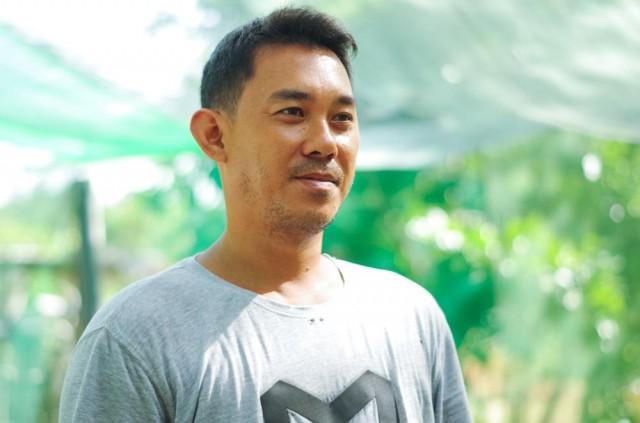
Among those whom Carreon convinced to help him is Eric Jabonillo, a sea ranger who used to hunt pawikan eggs for the nearby tourist hatchery.
““Nanghihinayang po kasi kami nasasayang lang ‘yung pawikan. Nagkalat lang diyan, kinakain lang nung mga tao. Kasi halos karamihan dito kumakain. Sabi ko nga kay Kap, kung mangunguha ka, tutulungan kita, akong bahala kumuha ng mga tao na makakatulong natin sa pamamawikan… kinakabahan ako kasi baka wala tayong makuhang suporta. Kasi po walang-wala talaga kami nung magsimula d'yan, ni hindi po namin alam kung saan ilalagay ‘yung mga itlog,” Jabonillo said.
(There were so many pawikans scattered along the coastline and people just eat them. It’s such a waste… so I told the chief that I'll help him, I can find people who will help us protect the pawikans… I was nervous because I thought nobody would support us. We started with nothing, we did not even know where we could keep all those eggs!)
“Gumala kami diyan sa may aplaya --- "Ah ano yung ginagawa non?" Nagulat ako, pawikan kako iyon, tapos pinagkakaguluhan nila, pinaglalaruan, sinasakyan ng mga bisita. Picture dito, picture doon. Bubuhatin, itatapon sa dagat. Naligaw ika ‘yan tapos itatapon sa dagat, hindi nila alam mangingitlog pala ‘yon. Hindi ko rin alam kung bakit umaakyat sila nung una. Hindi ko rin alam na mangingitlog pala sila kaya sila umaakyat” he said.
(We were walking along the coast when we saw people playing with the adult pawikans, some of them were riding on the back of the turtles and taking pictures. They said the pawikan was lost, so they carried them and threw them back to the sea. At first, I was not aware why these turtles go to the shore, we didn’t know that they do it to lay eggs)
The final straw dropped in 2020, when a resident posted on Facebook a picture of pawikan eggs and asked what they should do about it. A lot wanted to get the eggs and eat them. A few who were aware of the importance of preserving these globally endangered species were aghast.
“Ang problema po kapag wala pong nakapuntang katulad kong bantay pawikan… paakyat pa lang ang pawikan, bubuhat-buhatin na nila, paglalaruan na nila tapos kapag napansin na nilang nakanganga na ‘yung pawikan ihahagis na nila sa dagat. Nakakaawa,” Jabonillo said.
(That’s the problem when there are no sea rangers in the area, people abuse the pawikans -- they toy with those who are about to lay eggs. Then when they see the animals suffering, they just throw them back into the ocean, it’s painful to watch.)
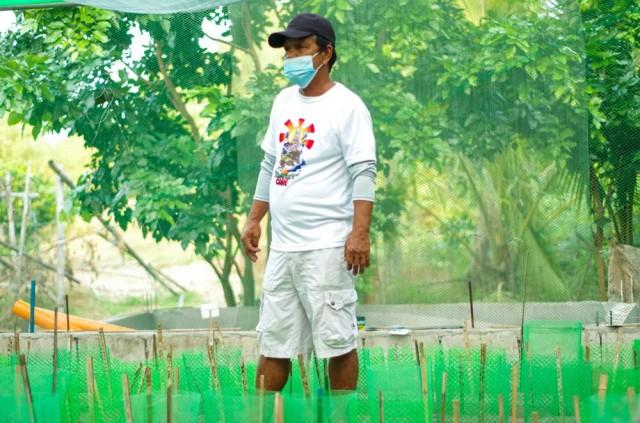
Shortly after, Carreon began building the community hatchery on his family's property with most of the funding coming from their own pockets.
Pioneering volunteers, like Micah, helped keep the project afloat with their own efforts and donations from friends and concerned citizens from social media.
“The adoption of pawikan nests was the first idea that my sister Maja and I had during that initial visit to the hatchery. Kap Harry told us he was using his personal finances to buy the turtle eggs from community members who find the nests along the coast. He emphasized that there is no point in just telling the people to stop eating or selling the pawikan eggs when they have hungry families to feed. It was a great model: protecting the people protects the turtles. But it is an expensive endeavor. Sometimes, we find 12 nests in one night! One egg is 4 pesos, and one nest has approximately 100 eggs. Our response was to share this advocacy with our family and friends,” Micah said.
“My husband Markus suggested we post about the hatchery on our Wordpress blog and the response was overwhelming. We had people adopting nests from 11 countries around the world! They kept donating off-season, too. This is critical in preparing and rehabilitating the hatchery. The off-season work ensures successful work during the breeding season,” she added.
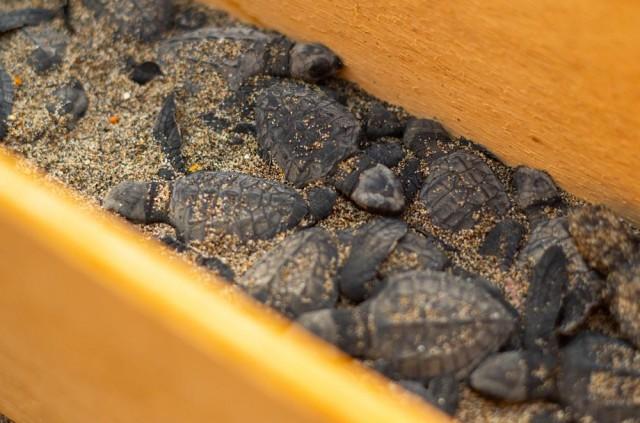
Micah also thanked her international community of blog friends who “saw the importance of the sea turtles and recognized the honorable work of the volunteers from the hatchery.”
“So far, we have no government funding or private grant to support operations, but there is more awareness about the hatchery. We are currently working to find pillars for the hatchery so that all the pawikan eggs will be rescued and that the volunteers can bring home something to their families. They work really hard, particularly our core volunteers Kuya Crisanto Passcua, Eric Jabonillo, and Rogelio Insigne. Even if they ask for nothing in return, they deserve it. The sea turtles give us hope. Their chances of survival are low, but they try. This community is poor, but they put the turtles first. This gives us hope. We need more hope in the world today,” Micah shared.
The ‘Pawikan Attitude’
On our recent trip to Barangay Pag-asa to release the hatchlings, I learned about the "Pawikan attitude." It's a term coined by Micah’s mom, Tita Edna, who reasoned that Filipinos should be known more for our Pawikan attitude more than our crab mentality.
“Just like Kap Harry and the volunteers from the community, the sea turtles lift each other up. The eggs are buried in the sand and the strongest at the bottom hatch first. They push their brothers and sisters up so they can all climb out of the nest in one united effort. Together, we can save more turtles and encourage growth in the community. Save. Empower. Include,” Micah said.
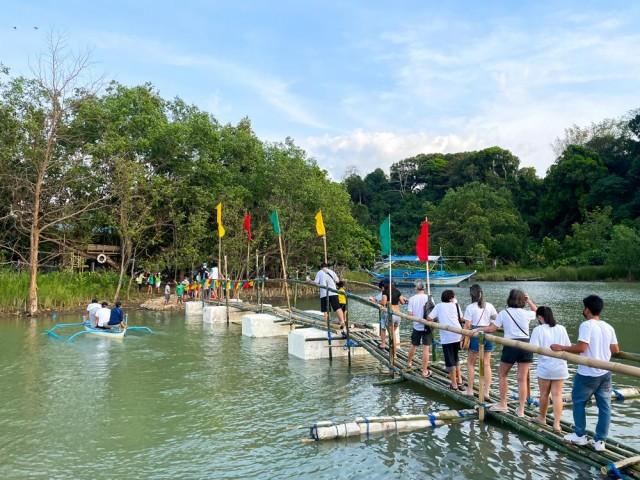
For now, the whole project may have cost volunteers of Barangay Pag-asa a lot, but contributing to the conservation of this endangered breed is priceless.
“It was not hard to fall in love with the sincerity of the volunteers and get inspired by the leadership of Kap Harry. Since Day 1, it was clear that they do not see money, only the turtles. This is easy to do when you are rich, but it takes a lot of honor and principle when you are not. It is a privilege for our family to work with them,” Micah shared.
You can still donate and adopt a pawikan nest. If you have time, you can also visit the Pag-asa Pawikan Hatchery and have a chance to experience releasing baby pawikans into the ocean as the hatching season is from September to March. For more information or reservations, please contact @tinyhousebagac or @pagasapawikan on Instagram.
— LA, GMA News



